Sustainability Initiatives
Sustainability has emerged as a critical driver in the Fresh Meat Packaging Market. With growing environmental concerns, consumers are increasingly favoring products that utilize eco-friendly packaging materials. The shift towards sustainable practices is evident, as many companies are adopting biodegradable and recyclable materials for meat packaging. Recent studies indicate that approximately 60% of consumers are willing to pay a premium for sustainably packaged products. This trend not only aligns with consumer values but also helps companies enhance their brand image. As a result, the Fresh Meat Packaging Market is witnessing a surge in demand for sustainable packaging solutions, prompting manufacturers to innovate and invest in environmentally responsible practices.
Rising Demand for Fresh Meat
The Fresh Meat Packaging Market is experiencing a notable increase in demand for fresh meat products. This trend is driven by changing consumer preferences towards healthier and more natural food options. According to recent data, the consumption of fresh meat has risen by approximately 5% annually, reflecting a shift from processed to fresh alternatives. As consumers become more health-conscious, they seek products that are minimally processed and free from artificial additives. This growing inclination towards fresh meat necessitates innovative packaging solutions that can preserve quality and extend shelf life. Consequently, manufacturers in the Fresh Meat Packaging Market are investing in advanced packaging technologies that enhance product freshness while ensuring safety and convenience for consumers.
Convenience and Ready-to-Cook Options
The demand for convenience in food preparation is significantly influencing the Fresh Meat Packaging Market. As lifestyles become busier, consumers are increasingly seeking ready-to-cook meat products that require minimal preparation time. This trend has led to the rise of pre-marinated and portioned meat offerings, which cater to the needs of time-strapped consumers. Market data suggests that the ready-to-cook segment has grown by approximately 7% in recent years, indicating a strong preference for convenience. Packaging plays a crucial role in this segment, as it must not only preserve freshness but also provide ease of use. Consequently, the Fresh Meat Packaging Market is adapting to these consumer demands by developing packaging solutions that enhance convenience while ensuring product quality.
E-commerce Growth and Online Retailing
The expansion of e-commerce and online retailing is reshaping the Fresh Meat Packaging Market. As more consumers turn to online platforms for grocery shopping, the demand for effective and reliable packaging solutions has intensified. Online meat sales have seen a substantial increase, with estimates suggesting a growth rate of around 10% annually. This shift necessitates packaging that can withstand the rigors of transportation while maintaining product integrity. Additionally, packaging must be designed to appeal to consumers who are purchasing meat online, often without the ability to inspect the product physically. Therefore, the Fresh Meat Packaging Market is focusing on developing packaging that not only protects the product but also enhances the overall consumer experience in the online shopping environment.
Technological Advancements in Packaging
Technological innovations play a pivotal role in shaping the Fresh Meat Packaging Market. The advent of smart packaging technologies, such as vacuum sealing and modified atmosphere packaging, has revolutionized how fresh meat is packaged and preserved. These technologies not only extend the shelf life of meat products but also maintain their quality and flavor. For instance, vacuum packaging can reduce spoilage rates by up to 30%, which is crucial for retailers and consumers alike. Furthermore, the integration of sensors and indicators in packaging allows for real-time monitoring of freshness, thereby enhancing consumer trust. As these technologies continue to evolve, they are likely to drive growth in the Fresh Meat Packaging Market, catering to the increasing demand for high-quality, safe, and convenient meat products.


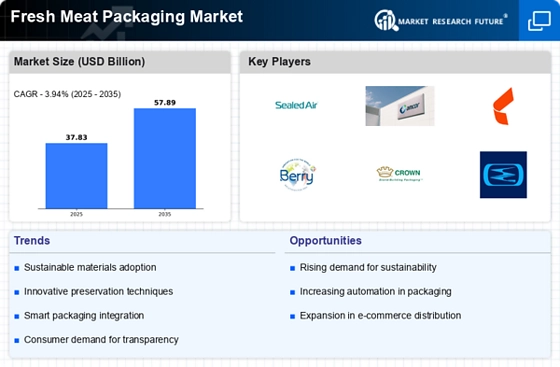
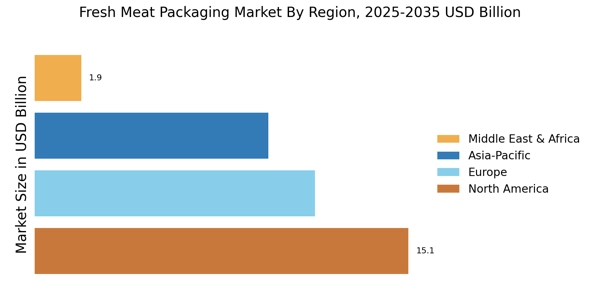

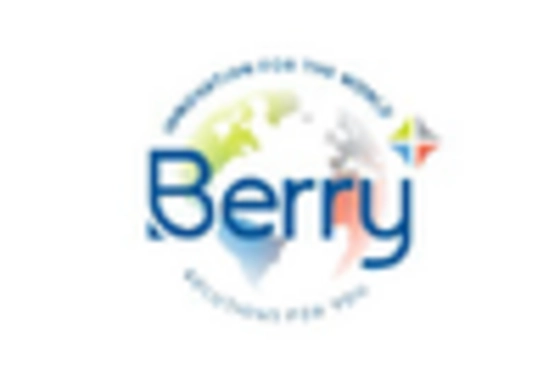
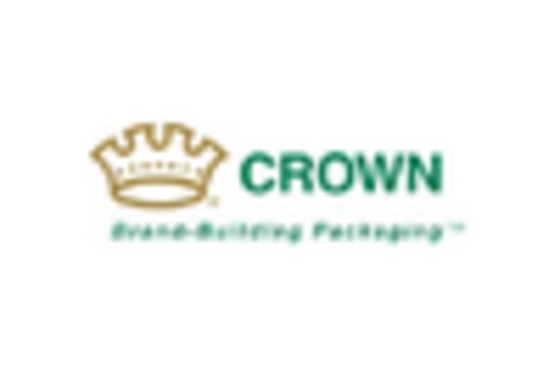

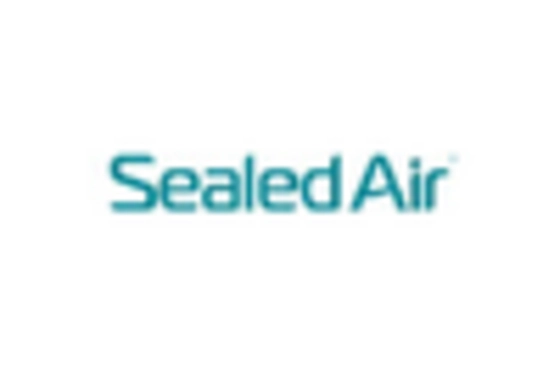









Leave a Comment